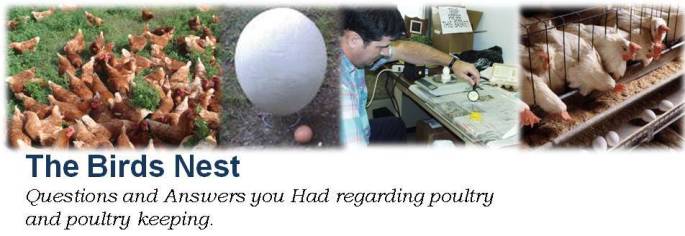Competition keeps consumer costs down
As we close another year, I was beginning to wonder if
some parts of the poultry industry are painting themselves into a marketing
corner. With the push for being more
like the European plan for producing food, one key aspect may have been
overlooked. It takes capital to switch
to another major method of production, and as we have seen in studies there are
positive and negative aspects to the new methods of production. So, whether be it cage or free, slow or fast,
organic or not by picking one sole method of production may not give the industry
the revenues it was looking for. Those
companies who managed to hold onto a diversified mix or portfolio of production
may indeed make out due to economy of scale and lower cost of production for
that portion of the market they serve.
In the end, I believe we will need to keep a rich and diverse option of
egg and meat products if we are going to maintain the lead in protein at the
market. Time will tell how the consumer
will react to new offerings, but with the low cost of substitution, the new
products will have to be superior in some aspect to get the consumer to change.


